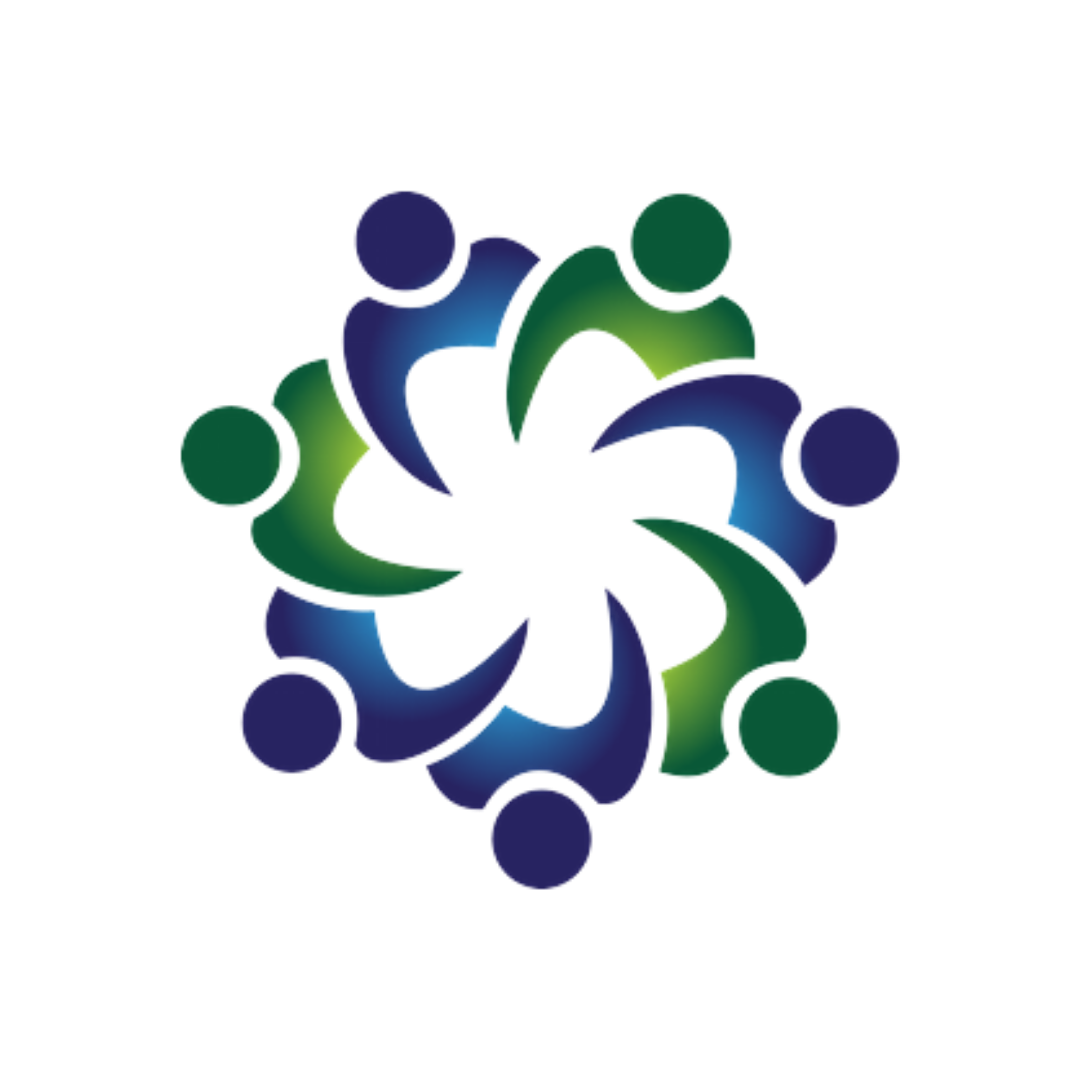Are you in a pain flare? Our quick tools to help you manage.
-

Keeping moving – even if modified
When you are in enormous pain, every fiber of your body tells you to rest and recover. But when it comes to persistent pain, this can often only prolong and worsen the pain cycle. Using pacing techniques or modifying activities can help you to keep to your plan for movement.
Walk to the kitchen to make a cup of tea. Walk to the letterbox to check the mail. Decide on an action and move on it.
The general rule for flare management:
<12hrs maintain activity
24-48hrs modify activity
48hrs drop your activity by 50-75%.But, try to keep moving despite pain. Remember to pace yourself and take regular breaks.
-

Talk to Someone
Often with a flare in pain, comes a period of reduced activity and isolation, sadness and suffering. These are all very real and challenging. Our Peer Guides are here to listen when pain talks. They live with persistent pain and have first hand experience of what you are going through.
Call us and leave a message, we will return your call. The PainLink service can be reached on 1300 340 357.
The Peer Guides are trained in Mental Health First Aid, but are not qualified Counselors or Psychologists.
There are times when you will need more qualified support. If you are struggling with your mental health &/or are having thoughts of suicide, reach out for professional mental health support. A person has thought of suicide every 8 seconds in Australia, so it is not uncommon to have these thoughts, especially with persistent pain. What is important, is that you get the right help.
24 hour support is available at:
Lifeline 13 11 14
Suicide Call Back Services 1300 659 467
Beyond Blue 1300 224 636
Kids Helpline 1800 551 800
-

Your Checklist
What is in your toolkit for when a flare hits. It can include:
A checklist of things to try to help with your flare
Your favourite book, movie or CD
Activities to help distract you, like a colouring book, board game, puzzle or lego
A heat pack – often used for increasing blood flow, relaxing muscles, for pain localised in joints
A cold pack – often used for reducing blood flow, reducing swelling, disrupting pain signals
Photographs and cards from friends and loved ones
Inspiring quotes and pictures
Essential oils
Relaxation and mindfulness activities
Sunshine - vitamin D can really help
Being with nature
A safe and supportive friend to talk to.

